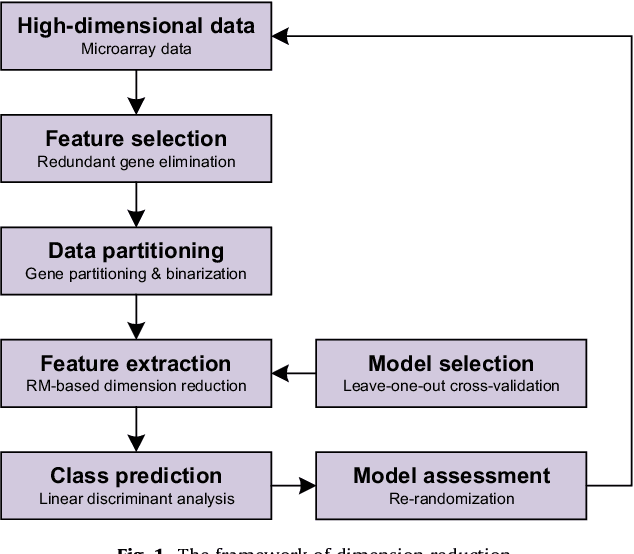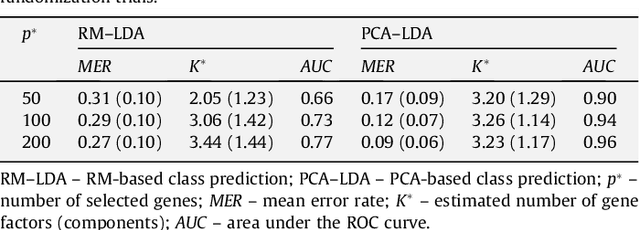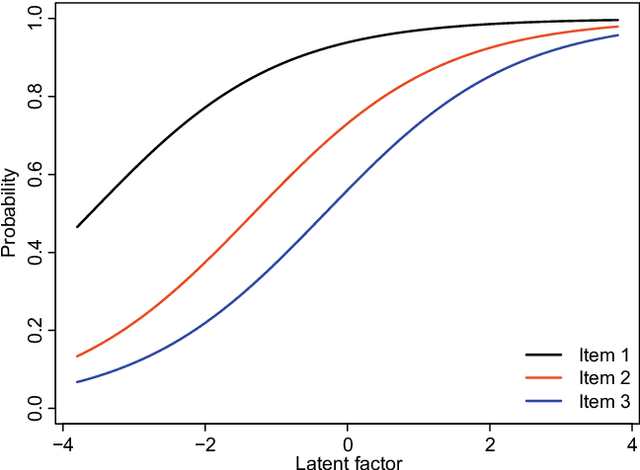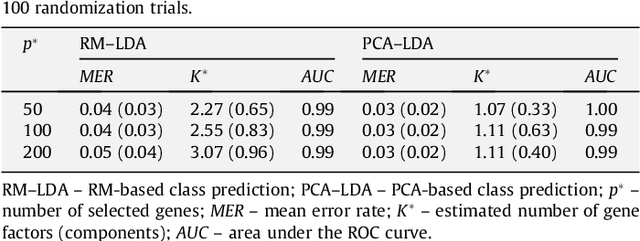Rasch-based high-dimensionality data reduction and class prediction with applications to microarray gene expression data
Paper and Code
Jun 05, 2010



Class prediction is an important application of microarray gene expression data analysis. The high-dimensionality of microarray data, where number of genes (variables) is very large compared to the number of samples (obser- vations), makes the application of many prediction techniques (e.g., logistic regression, discriminant analysis) difficult. An efficient way to solve this prob- lem is by using dimension reduction statistical techniques. Increasingly used in psychology-related applications, Rasch model (RM) provides an appealing framework for handling high-dimensional microarray data. In this paper, we study the potential of RM-based modeling in dimensionality reduction with binarized microarray gene expression data and investigate its prediction ac- curacy in the context of class prediction using linear discriminant analysis. Two different publicly available microarray data sets are used to illustrate a general framework of the approach. Performance of the proposed method is assessed by re-randomization scheme using principal component analysis (PCA) as a benchmark method. Our results show that RM-based dimension reduction is as effective as PCA-based dimension reduction. The method is general and can be applied to the other high-dimensional data problems.
 Add to Chrome
Add to Chrome Add to Firefox
Add to Firefox Add to Edge
Add to Edge